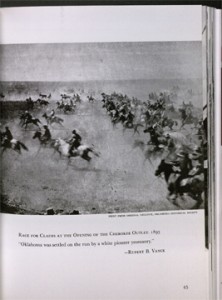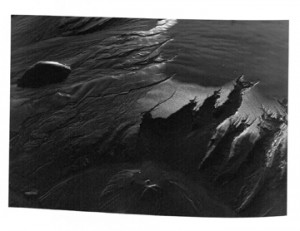As I began to think about my site in terms of the processes shaping it, I started to think that there weren’t any. As far as the landscape is concerned, the Common is fairly static. I thought that the Common has such a legacy in Boston that any fundamental changes to it would cause an uproar. But the more I think about it, the more I realize that the Common, though mostly static, is in fact undergoing several different processes constantly. The most obvious use of the Common is as a public park and the people who move through it constantly are a huge force of net impact even though each person may not have much apparent effect. When I look at the Common, until I start to look critically, I don’t see a bunch of individuals… I see people. People are constantly changing the Common by their presence and physical impact. I believe we discussed in another class that the ground in the middle of the National Mall has been compacted by the footsteps of so many visitors that it is now effectively the density of concrete. I’m not sure if anything this extreme is happening in the Common, but people certainly use the green space. Not only do people use the grass but the sidewalks, benches, and decorative structures also get a fair amount of usage. From students studying to businessmen and women eating their lunch to transients sleeping and peddling for change, all areas of the Common find some sort of purpose.
Not only do people make an impact on the Common with their daily use, but planners and designers are regularly in the process of redesigning and redefining the spaces: from minor changes such as what types of plants are in the planters to semi-major changes like how the entire east end of the Common is used. At the moment, there is a “$1.5 million facelift” happening to the Common around the Brewer Fountain that is supposed to revamp the park into a “Parisian piazza” (link). For the moment, a large chunk of the park is behind green construction fencing acting almost as a chrysalis, masking the changes occurring on the inside.
As simple as it is, the choice of green fencing is a clear connection to the reading from this week. I see the Common in two colors: green and gray. Of course there are nuances, but during the day, the vast majority of the Common is green or gray. And as a part of the Emerald Necklace, I would say that the Common is often seen as a “green place” even though at least a third (estimating) of it is stonework. Many people go out of their way to spend time in the Common, whether they are taking the scenic route to work or visiting for lunch. And quite frankly, most of them do so because of the color associated with the place.
As I proceed into the Significant Detail project of this class, I hope to somehow find if there is any interesting connection between the green of the Common and the reason that so many homeless folks gather there. I know that homeless people congregate where there is open air and quick access to other people and services (all of these which the Common has), but there are plenty of other places in the city to reach these things. What is it about the Common that makes it such a hot spot for the transient population? Hopefully I can find some significant details that help lead me in the direction of the answer.
Looking Assignment
The set of photographs I chose from Daring to Look exemplify for me the idea of significant detail. The image of a home showing between two uprooted trees is particularly interesting as it signifies the essence of life for many people who were moving out West during this time. Each family was attempting to make a new life out of the destruction of either their old lives or the new land they were working.
This photo from An American Exodus is similar to the first set in that it is a great encapsulation of a time period at the beginning of the settlement of the West. This photo lends itself to the fact that the period was marked by both the large numbers of people moving across the country and the rate at which they did so.
These first two photos actually gained a lot for me with their captions. It is intriguing that the inside shot of the home in the first set contains plants from the family’s previous home. The fact that everyone is destroying the wilderness in order to live is juxtaposed by the fact that this woman’s only visible greenery was brought to this place from another place. The second “set” has a quote that aptly captures the sentiments of those settling the new lands: “Oklahoma was settled on the run…”
This final photo by Caponigro was startling to me because I could not tell at first what scale this image was at. When I first looked, it appeared to be an aerial view of a coast line. But upon looking closer, it appears that it is a close up view of a small piece of coastal land. However, despite the fact that I know exactly what I’m looking at, I can still see both images in the photo and I think that is a literally perfect implementation of the significant detail idea.


